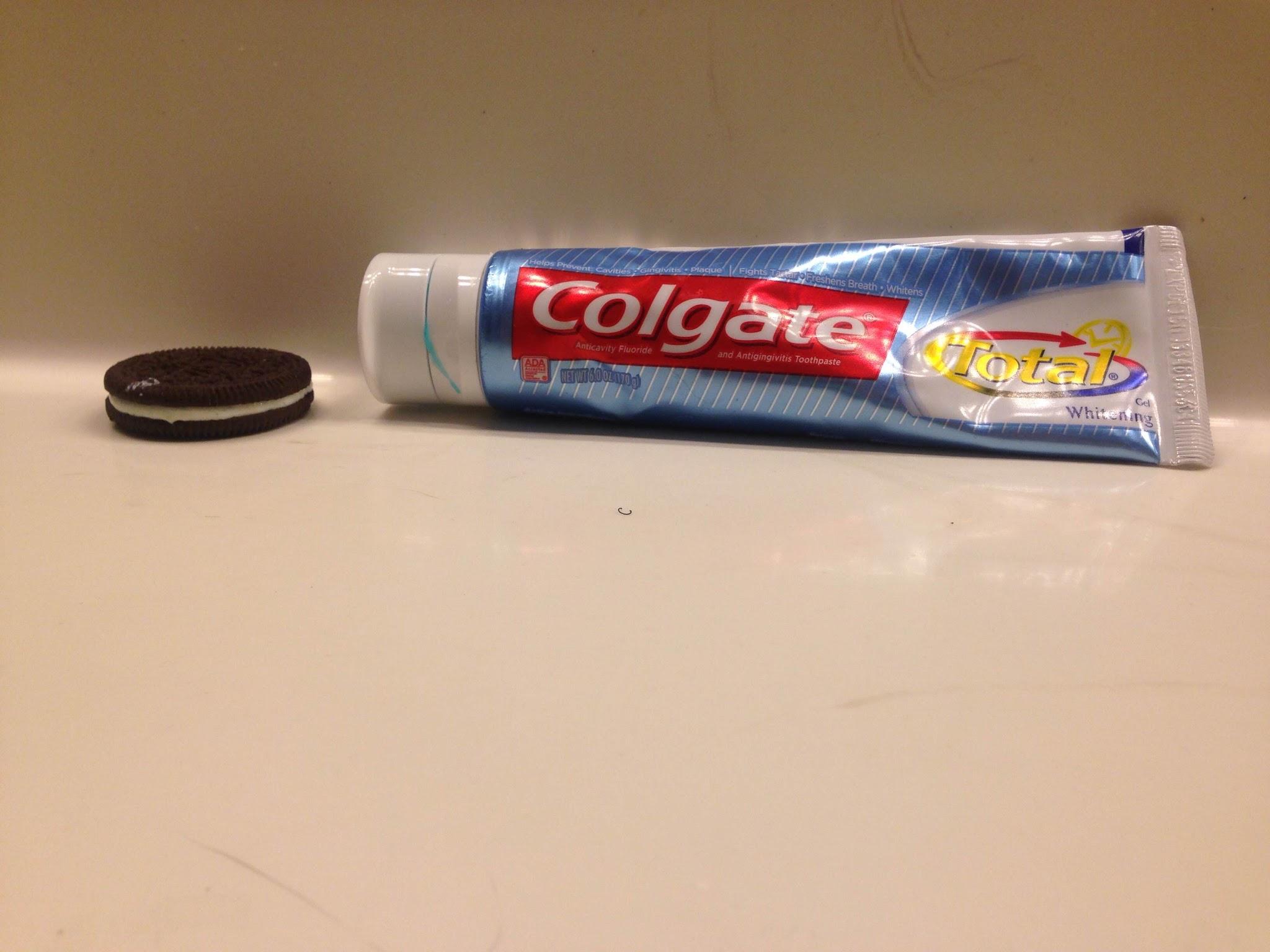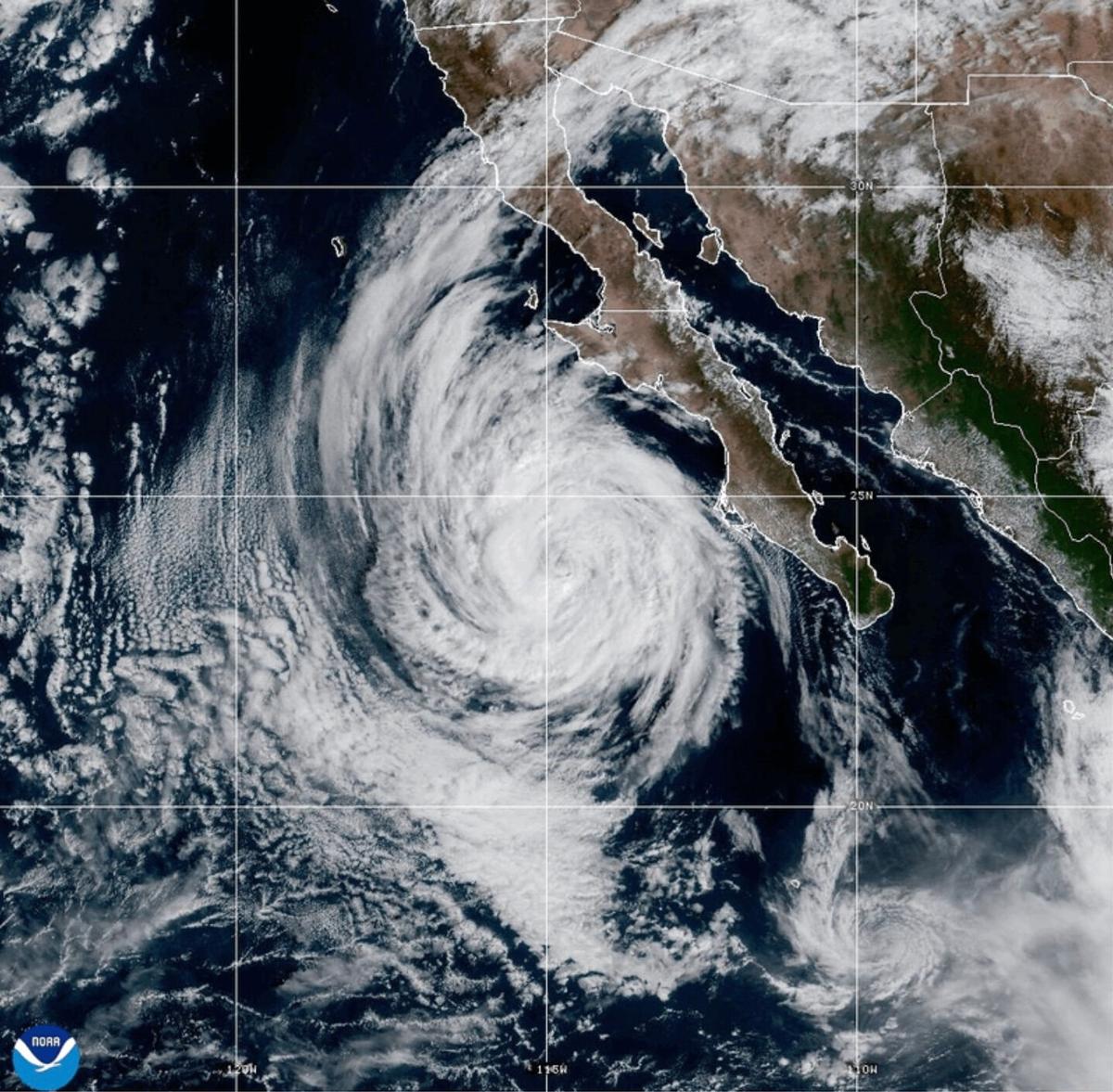The History of April Fools’ Day

The origins of the infamous April Fool’s Day go back centuries.
March 29, 2021
April Fools’ Day, celebrated on April 1, is a popular holiday that the majority of people celebrate. Whether it’s slipping a whoopie cushion under someone or filling an oreo with mint toothpaste, April Fools’ Day is an icon in the world of pranksters. But how did the holiday start, and why is it still celebrated?
It all started when Pope Gregory XIII ordered the use of a new calendar, the Gregorian calendar, which celebrated New Year’s Day on Jan. 1. Many people refused to recognize the new calendar or didn’t know about it at all. These people continued to celebrate New Year’s Day on April 1. Eventually, other people began to make fun of these “fools” by sending them to look for things that did not exist, which was called a “fool’s errand,” or tricking them into believing something false, according to History.
This started the holiday to become what we now know as April Fools’, but the name wasn’t always that. For a long time, people called the day “April Fish” because some pranks involved sticking paper fish on people’s backs to symbolize a gullible person. Historians have linked April Fools’ Day to a Roman festival called Hilaria; it involved people dressing up in disguises and mocking citizens and officials. As stated by History, “April Fools’ Day spread throughout Britain. In Scotland, the tradition became a two-day event, starting with ‘hunting the gowk,’ in which people were sent to do errands to symbol for fool, and followed by Tailie Day, which involved pranks played on people’s derrieres, such as pinning fake tails or “kick me” signs on them.”
April Fools’ day is a seemingly meaningless holiday, just for fun, but many fail to see the extensive history of it. April 1 is just around the corner, so get your pranks ready and prepare to be fooled, fool!









